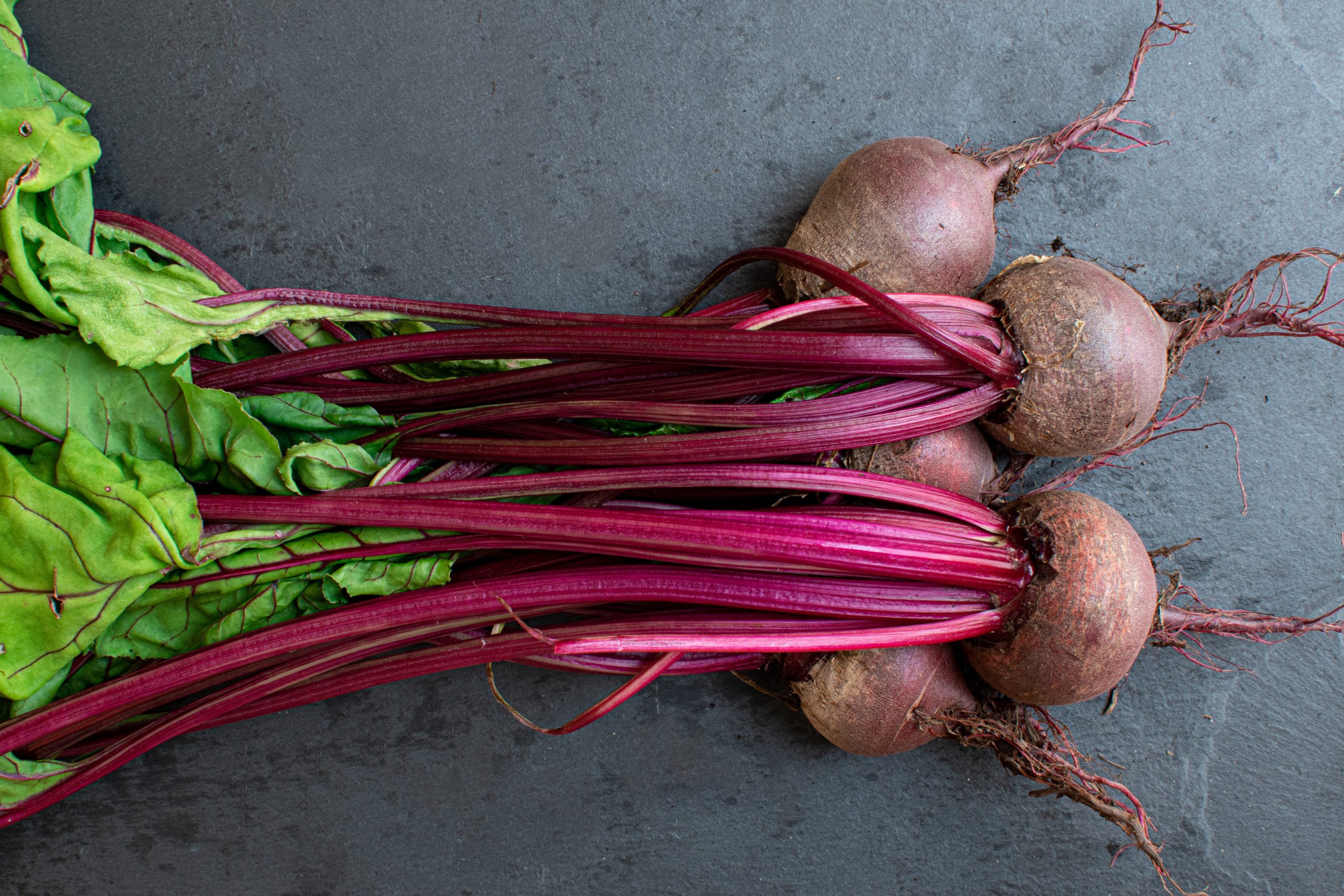
The secret to successful gardening: always plan ahead.
While you may be knee-deep in maintaining—and enjoying!—your current summer bounty, it’s time to start making your mid-to-late-summer gardening plans now.
Mid-summer sowing means a veggie harvest well into fall, depending on which produce you pick.
Take a look below for 4 vegetables to plant for mid-to-late summer vegetable gardening.
Broccoli
Time to maturity: 50 – 70 days
Broccoli is a cool-season plant, enjoying moderate temperatures between 45° – 75°F, and even tolerating temperatures as low as 20°F. It can be grown in USDA Hardiness Zones 3 – 10.
But don’t let the “cool season” moniker fool you—you’ll need to sow broccoli seeds into the soil (or in potting soil cells) in late summer to enjoy fresh broccoli come fall. I generally have better luck with germination if I plant in cells first due to the hot summer weather.
Plant seeds ½ inch deep and about 3 inches apart. Keep your broccoli well-watered, between 1 – 1 ½ inches each week.
However, once your broccoli begins to develop heads, ensure that you don’t get these wet when watering, as that can cause rotting.
Beware planting broccoli next to pole beans, strawberries, or tomatoes, as they tend to compete for the same nutrients, hindering plant production.
Learn more about growing broccoli here.
Beets
Time to maturity: 50 – 60 days
Beets do best when planted in August.
Beets love full, bright sun and loamy soil. Soil that is heavy on the clay or rocky side will need the addition of compost. Soil pH balance should be between 6.0 – 7.0. Sow seeds ½ deep and 1 – 2 inches apart.
Seeds will germinate within 5 – 8 days in soil that’s 50°F and above. However, beets can grow in soil below 50°F, germination will just take longer: usually between 2 – 3 weeks.
Keep your soil regularly watered. Newly-planted seeds will need to be watered 1 – 2 times a day until germination.
Beet seeds are actually a cluster of seeds, so you’ll need to thin plants once they are about 4 inches tall.
Beets are ready for your dinner table usually around 55 days after planting. Roots should be the size of at least the size of a golf ball—but no larger than the size of a tennis ball—when it’s time to harvest.
Learn more about growing beets here.
Collard Greens
Time to maturity: 40 – 65 days
A big bowl of fried collard greens might be a staple of southern Sunday dinner tables everywhere.
They’re also a great candidate for planting in your late summer vegetable garden.
Sow seed directly into moist soil between ½ to ¾ inch deep. You’ll need to water regularly, especially in that hot summer sunshine—about ¼ inch per day.
Collard greens prefer loamy, easily-drained soils with a pH balance of 6.0 to 6.5. Like all leafy greens, collard greens are nitrogen lovers. Test and amend your soil as needed at least 7 days prior to planting.
As far as spacing, the NC State Extension recommends the following:
“Spacing depends on how the crop will be harvested. If the plants will be cut when half grown, space them 10 to 15 inches apart. If they will be harvested when full grown, space them 15 to 18 inches apart. If young collard plants will be harvested, similar to mustard greens, space the plants 2 to 4 inches apart. Space rows 36 to 42 inches apart for conventional systems. However, multi-row beds of 2 to 4 rows on 38 to 60 inch centers provide greater yields and improved quality. In such a system, space rows on each bed 12 to 18 inches apart. This provides rapid ground cover, fewer weeds, and more tender growth.”
Collard greens are ready to harvest when leaves are dark green and about 10 inches long. Younger leaves are tastier than older leaves. Harvest starting at the base of the plant and working your way up.
Kale
Time to maturity: 40 – 65 days
Besides a high source of fiber (2.6 grams for every cup of chopped kale), kale and other leafy greens also contain a type of sugar that helps the healthy bacteria in your gut grow.
Like broccoli, kale is a spring and autumn-loving vegetable, tasting better when grown in cooler weather. In fact, a frost or two actually improves the taste of kale.
It’s not too late to sow kale seeds right now for spring production, but don’t wait! The flavor changes as the weather heats up.
If planting in the fall, kale will readily grow in cold temperatures, even as low as 20°F. However, a snow or heavy frost can cause the plant to collapse under the weight.
Kale prefers a soil pH level between 5.5 to 6.5. Plant your kale 6 – 8 weeks before the first frost, planting ¼ inch – ½ deep, then thinning seedlings so that each plant is 8 – 12 inches apart from one another.
Keep soil cool and moist. If you live in a warmer climate, you can provide mulching around your kale to keep soil temperatures lower, as kale tends to prefer soil temperatures between 60°F – 65°F. Too much heat, and your kale will be bitter. Yuck.
When kale leaves grow to the size of your hand, they are ready to eat. Harvest kale leaves from the outer leaf “rings,” where the leaves are the most mature in the plant. Your kale will continue producing so long as the “terminal bud” (found at the top center of the plant) remains intact.
Learn more about growing kale here.
***
Happy planting! If you have any questions about your mid-to-late summer vegetable garden, feel free to email us at stoneycreekfarmtennessee@gmail.com.

